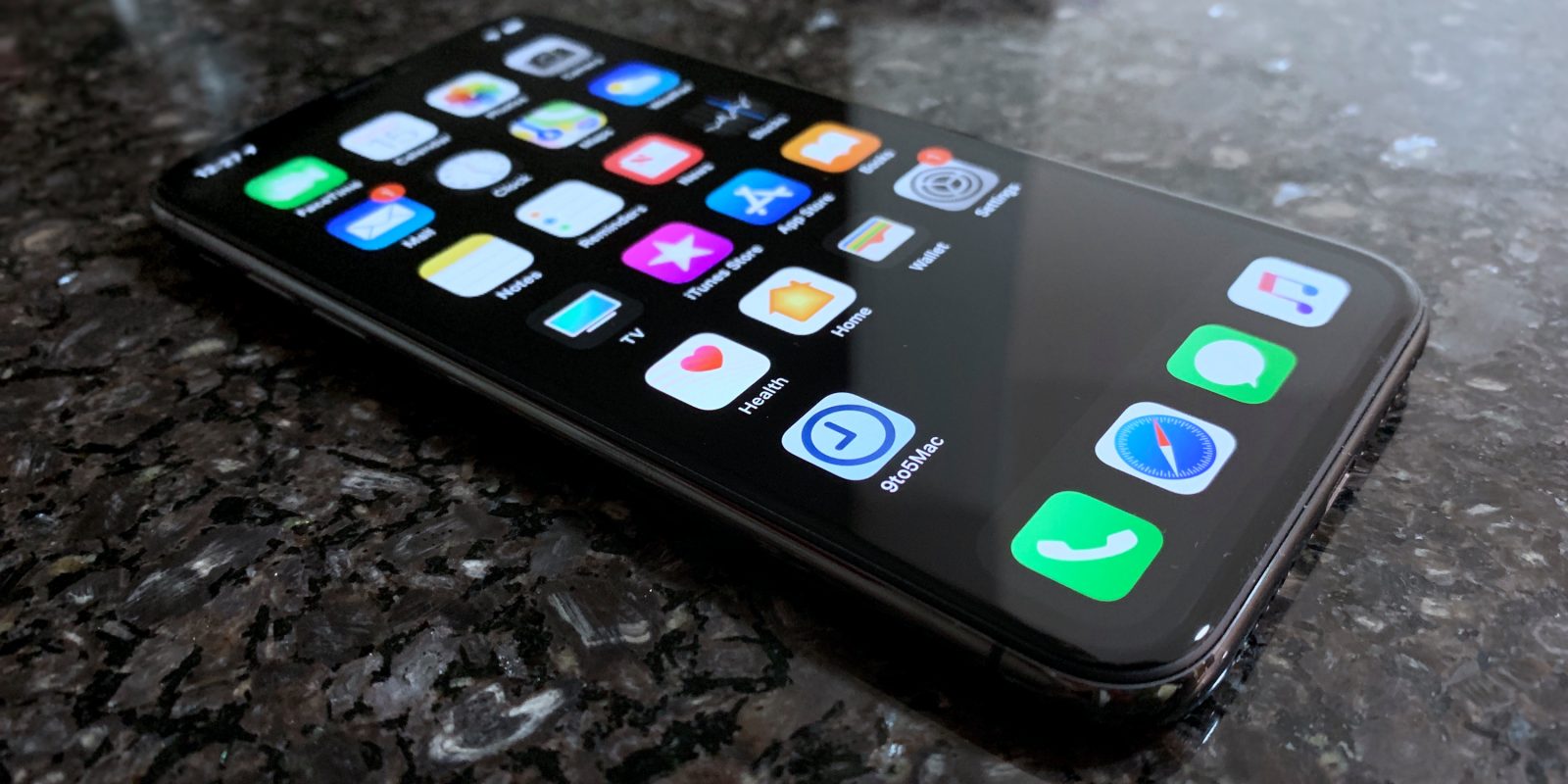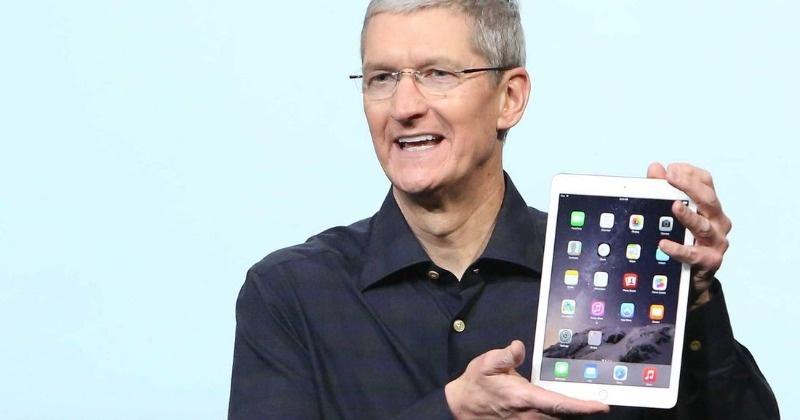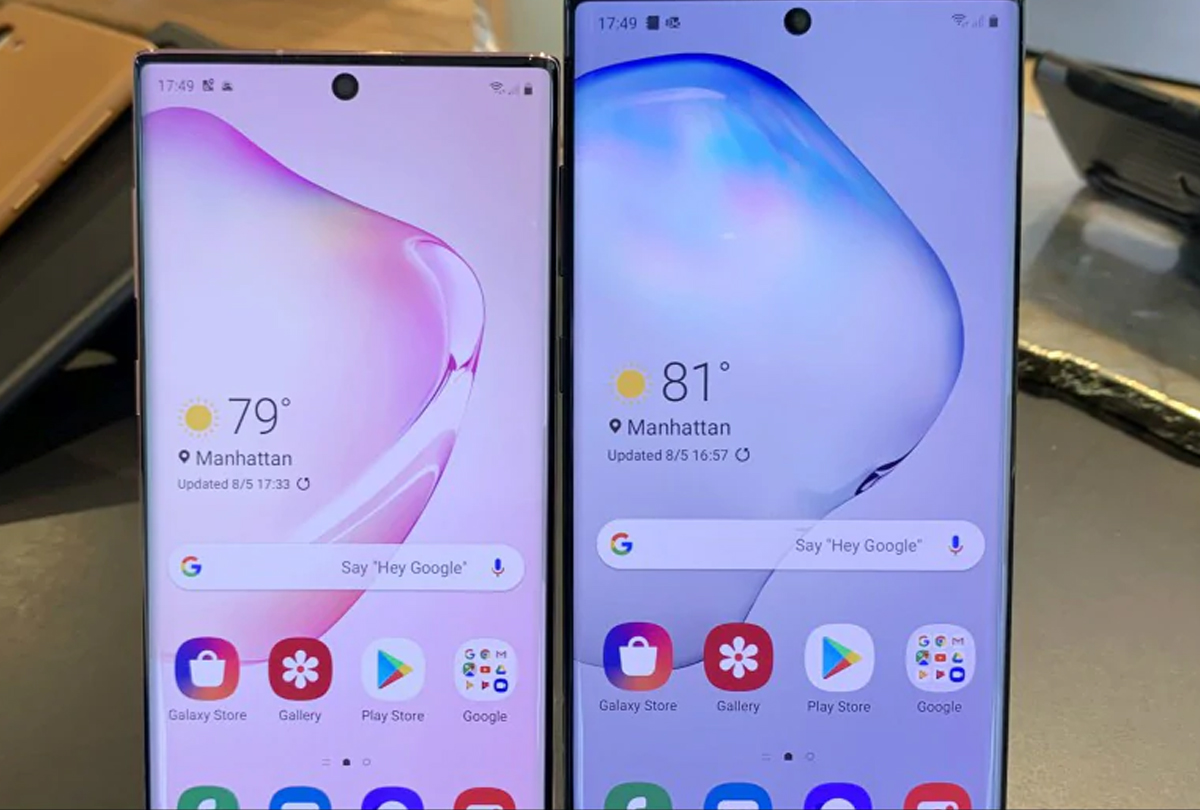Apple working on a new FaceTime feature

[Edited By: Gaurav]
Thursday, 4th July , 2019 01:39 pmThe feature appears to use some kind of image manipulation to correct this and results in realistic-looking fake eye contact between the FaceTime users.Apple's senior vice president of Software Engineering Craig Federighi talks about the company's upcoming iOS 13 during Apple's Worldwide Developer Conference (WWDC) 2019.(AFP)
As part of the third beta of iOS 13, Apple is testing a feature called “FaceTime Attention Correction” to make users fake an eye-to-eye contact on Apple’s video-calling app, even when they are looking elsewhere.
Normally, video calls tend to make it look like both participants are peering off to one side or the other, since they are looking at the person on their display rather than directly into the front-facing camera which is exactly what this feature intends to fix,
“Haven’t tested this yet, but if Apple uses some dark magic to move my gaze to seem like I’m staring at the camera and not at the screen I will be flabbergasted. (New in beta 3!),” app designer Mike Rundle who spotted the test tweeted.
The feature appears to use some kind of image manipulation to correct this and results in realistic-looking fake eye contact between the FaceTime users.
“Looking at him (Rundle’s friend) on-screen (not at the camera) produces a picture of me looking dead at his eyes like I was staring at the camera. This is insane,” he added.
Shockingly, the feature’s debut on iOS was predicted by Rundle himself back in 2017.
For now, the feature only appears to be working on the iPhone XS and XS Max with this version of the beta and can be toggled on and off from within FaceTime’s settings.
The “FaceTime Attention Correction” feature should arrive in the public-facing beta next week, the report added.
Apple unveiled the iOS 13 with several features like Dark Mode and Apple sign-in. The next generation of Apple’s operating system (OS) would make unlocking the Apple device with Face ID 30 per cent faster, downloads 50 per cent smaller and updates 60 per cent
Latest News
-
2-Doxy-D is a game-changer drug - discovered by sc
-
UP Covid News: Recovery rate rises 86 percent in U
-
Big B orders 50 oxygen concentrators from Poland,
-
Today is Akshay tritiya-PM Modi and Akhilesh yadav
-
Kanpur health department doing preparations to fig
-
UP Govt. must be held accountable for "failing" it
-
16 doctors in Unnao UP resign yesterday but retrac
-
Vaccine is safety cycle against corona pandemic-CM
-
Life of every person is priceless,rescue is the be
-
Kanpur Municipal Corporation will make dust free K
-
Corona vaccination: UP government withdraws the de
-
UP Government should follow the orders of Highcour
-
Uttar Pradesh-IG roaming in the city without the u
-
PM, take off those pink goggles, by which nothing
-
Rahul Gandhi's counterattack on BJP Government’s s
-
Happy international nurse day-PM Modi, Rahul Gandh
-
Online food delivery and liquor shops can open the
-
Egoistic BJP should work in public interest instea
-
High court directed UP Government to make a Covid
-
Isolation rooms to be built in industrial units, a
-
WHO has appreciated the effort of the Yogi Adityan
-
Brother is forced to carry his corona afflicted br
-
Lucknow- Free auto service for covid patients
-
Lucknow-Defense Minister and CM Yogi inaugurated
-
Wine shops opened in kanpur
-
Kanpur: oxygen demand 50 percent decrease as infec
-
Kanpur Crime Branch Police arrested 2 accused of i
-
Kanpur police's initiative to prevent corona infec
-
CM Yogi inspected the community health center in c
-
Corona's third wave: IIT professor claims not to c
World News
-
American president Appoints Two More Indian To Key
-
Arora Akanksha an Indian running for United Nation
-
Brazil thankes india with hanuman after receiving
-
Toronto protest against Indian citizenship law as
-
One-Of-A-Kind Wedding: After Groom's Father Gets A
-
Kim's Horse Ride On Sacred Mountain Hints At "Grea
-
Chinese President’s India visit on track, confirms
-
'Howdy Modi' event 'win-win' situation for Modi an
-
Malala urges U.N. to help Kashmiri children go bac
-
Rocket blast at U.S. Embassy in Kabul on 9/11 anni
-
PM Modi launches $4.2 mn redevelopment project of
-
Pakistan Blacklisted by FATF's: After Failing to A
-
Amazon Rainforest burning: Brazil President tells
-
10 shoking pics of Amazon Rainforest Burning
-
200 pakistan twitter accounts suspended on kashmir
-
Trump dials Imran Khan, asks to ‘moderate rhetoric
-
No policy change on Kashmir, says U.S.
-
Hamza, the son of Osama bin Laden, is dead
-
Ethiopians planted more than 200 million trees in
-
Pakistani military aircraft crash: All 5 crew memb



























